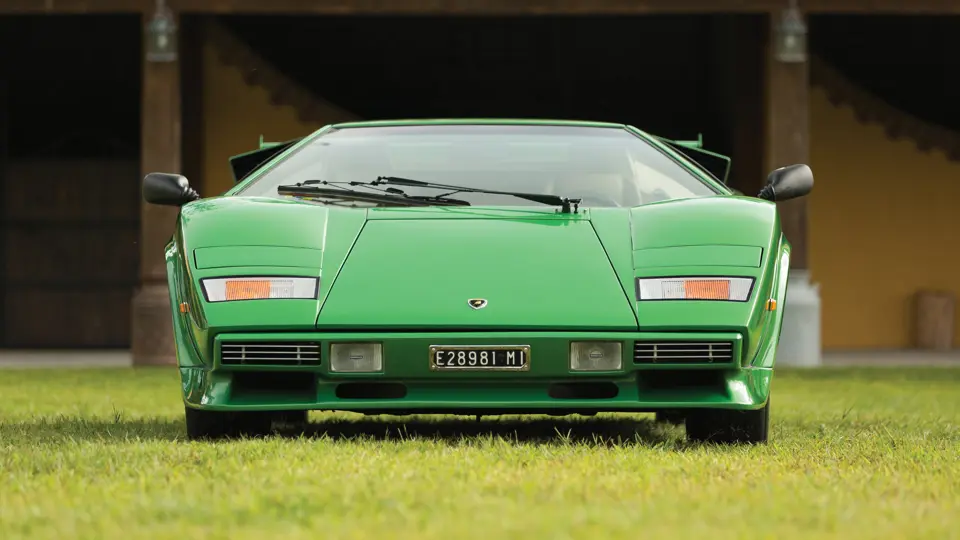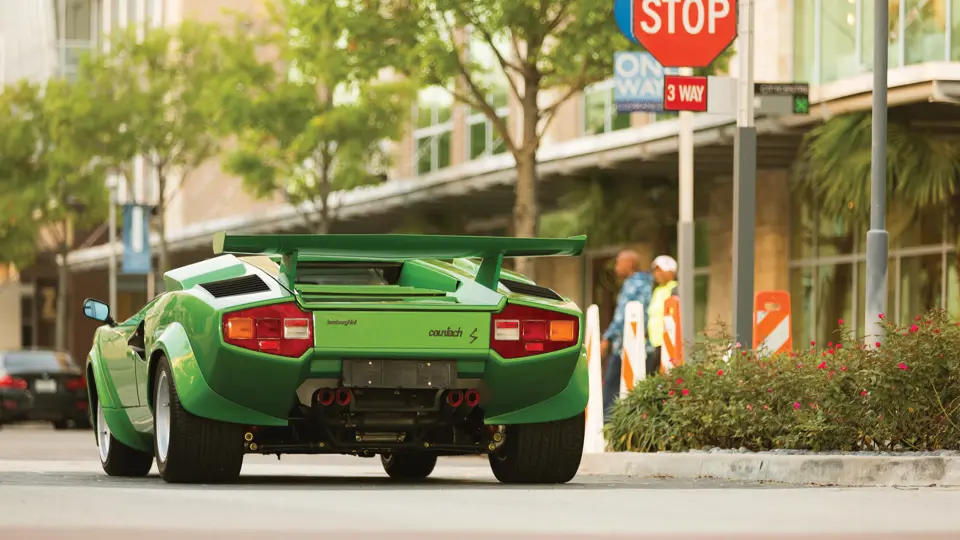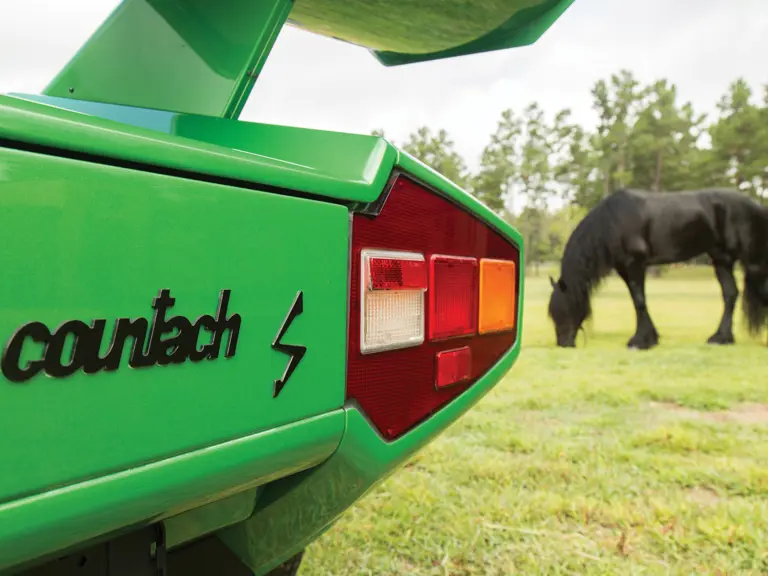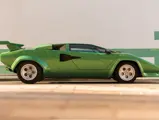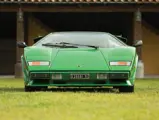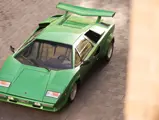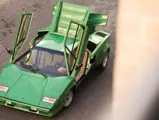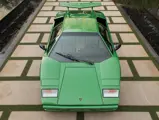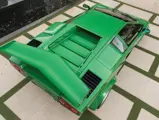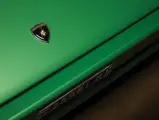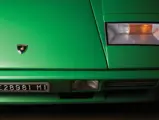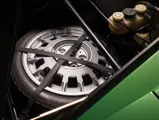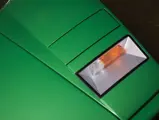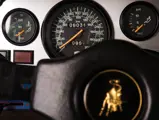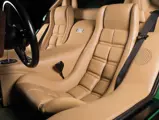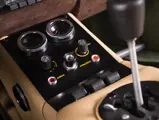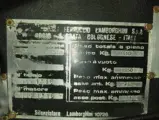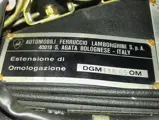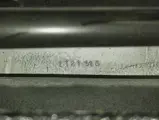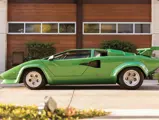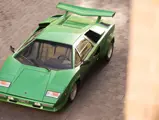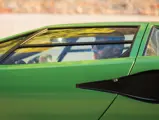
1981 Lamborghini Countach LP400 S Series III by Bertone
{{lr.item.text}}
$962,500 USD | Sold
{{bidding.lot.reserveStatusFormatted}}
- Finished in the unique color of Verde Metallizzato
- The first customer-delivered Series III LP400 S
- Only 6,031 km (3,748 miles) from new; powered by its original engine
- An exquisite restoration by former Lamborghini artisans
- Accompanied by a report from Valentino Balboni
- One of the finest restored Countaches extant
365 bhp, 3,929 cc DOHC V-12 engine with six dual-throat Weber 45 DCOE carburetors, five-speed manual transmission, unequal-length A-arm front suspension with coil springs and an anti-roll bar, upper lateral-link rear suspension with lower A-arms, coil springs, and an anti-roll bar, and four-wheel disc brakes. Wheelbase: 98.4 in.
THE SHAPE OF SUPERCARS TO COME
Brooks Stevens, the man who invented it, called it “planned obsolescence.” It is the idea that at regular, planned intervals, a product should be improved to the point where it makes the previous version of the product undesirable. Planned obsolescence, executed properly, ensures that computer owners will always update to the next generation of software and that ready-to-wear customers will buy this season’s sweaters. With cars, in particular with Lamborghini in the late 1970s, it was something more of a challenge. Fortunately, as usual, Marcello Gandini was up to it.
Gandini had redrawn the modern supercar for the Miura, almost from the ground up, creating a template for every “supercar” that would follow. (Indeed, the term “supercar” had been coined for the Miura.) For the next model, he showed just how broad his talents were. The new car was essentially a flying wedge, in the style of Giorgetto Giugiaro’s prototypes of the early 1950s, with a sloping snout that appeared to descend directly out of its windshield in a single, extended plane. Minimal creases and scoops were added to improve aerodynamic efficiency. The unusual shape of the body—wide and flat—necessitated a new door arrangement; they would pivot up from the front hinge, in the manner of a lever or scissors, hence known as “scissor doors.” Nowadays, scissor doors are de rigeur for any sports car, but in the early 1970s, they were innovative and unusual.
The remaining problem of the prototype was its name, which was easily taken care of when one of the first people to see the car commented, “Countach!” Propriety bars the inclusion of what that actually means here, but consider it a vulgar Piedmontese equivalent to “Wow!”
The Countach was displayed to the public for the first time at the 1971 Geneva Salon. It entered production (shockingly largely unchanged) for Europe in 1974, with examples sent Stateside the following year. Almost overnight, the Countach did the unimaginable, and for the second time in less than a decade, Lamborghini redesigned the modern supercar. Nearly every important supercar built since, anywhere in the world, has been wide, flat, wedge-shaped, mid-engined, and had those “crazy doors”—and it all began here.
CHASSIS NUMBER 1121316
The Countach was in production for a remarkable 15 years, well over half of Lamborghini’s existence as a company, and, like most long-lived designs, evolved over time to suit changing tastes and demands. The original, pure LP400 evolved into the LP400 S, which was produced in three series between 1978 and 1982; the last of these, the LP400 S Series III, is particularly significant, as it bridges the gap between the original, pure LP400 design and the later Anniversario models, with a raised suspension setting and a slightly larger interior space. However, it retained the attractive smaller front and rear nose clips without the mandated “safety bumpers.” The classic “phone dial” wheels were still present, but a large rear wing was made available and was frequently ordered. And why not? It looked as outrageous as the rest of the car!
Chassis number 1121316 was the third of these 82 Series III cars built and the first delivered to a private customer. (The first two cars, 1121312 and 1121314, were retained by Nuova Automobili F. Lamborghini S.p.A. owner Patrick Mimran.) It was acquired by its present owners from its second owner, Gino Donatella, a respected Swedish Lamborghini collector. Interestingly, the Lamborghini had been originally ordered new at Achilli Motors of Milano by a Saudi oil sheikh, and it was finished in the unique combination of Verde Metallizzato over Khaki leather and with green carpeting. When acquired, it had only a pre-registrations customs paper from Saudi Arabia, indicating that the original owner had never bothered to register the car, apparently because he just liked looking at it! It was eventually sold to the third owner, a well-known American Lamborghini collector who retained the legendary Lamborghini factory development engineer and test driver Valentino Balboni to inspect the car; his effusive report is on file.
During the previous ownership, the car was lovingly and authentically restored to period-correct specifications in the Sant’Agata area in northern Italy. The work was performed by ex-factory artisans, the very same who built this car when new in 1981, and under the direction of the head of the Lamborghini factory workshop, who worked for the company for 40 years. It was also issued its Certificato D’Origine by the factory, which accompanies it today along with an original owner’s manual and a file on the restoration. Subsequently, it was displayed at the factory’s Museo Lamborghini. Today, with only 3,748 actual miles (6,031 km on the odometer), it exists exactly as it was originally built, right down to Campagnolo stickers on the wheels and Vitaloni stickers on the door mirrors. In fact, the Countach is still on the original factory tires!
Blessed by Balboni, with an expert restoration and very low mileage, this is an extraordinary Countach in every measure, from its groundbreaking design to its one-of-a-kind history.


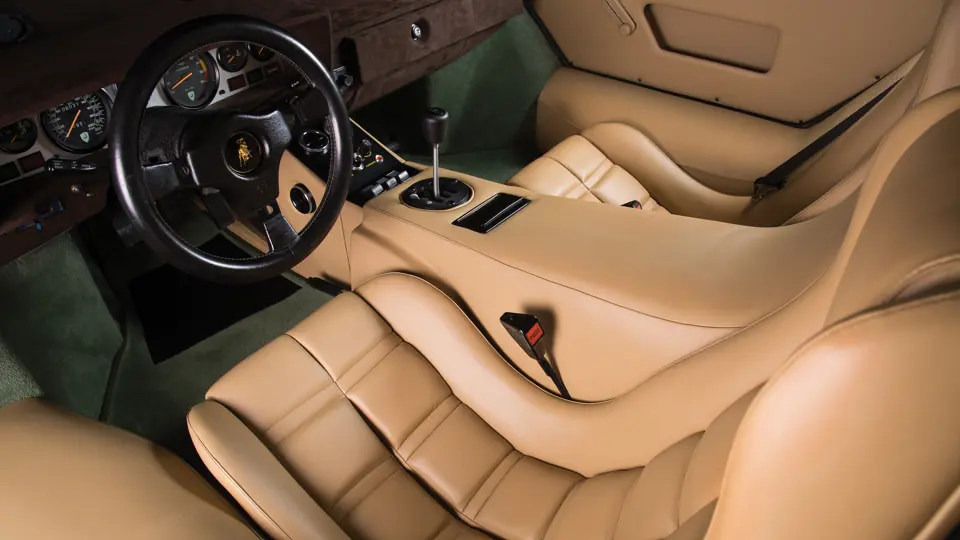

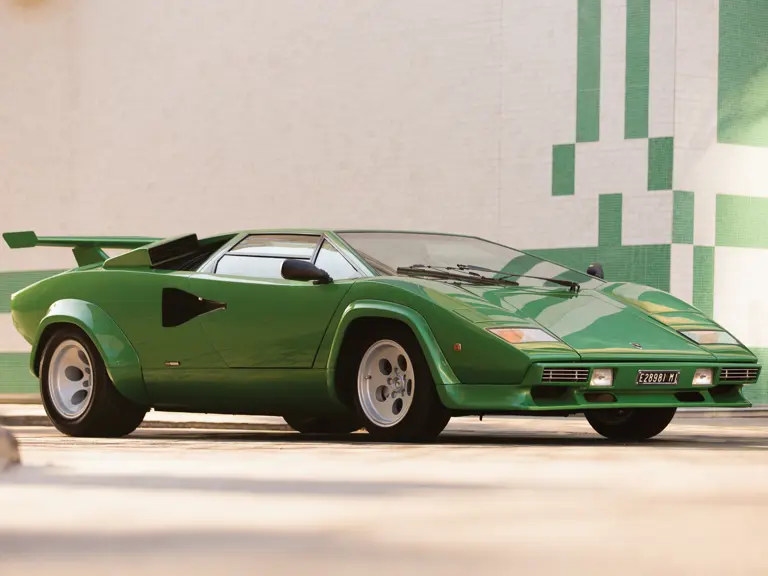
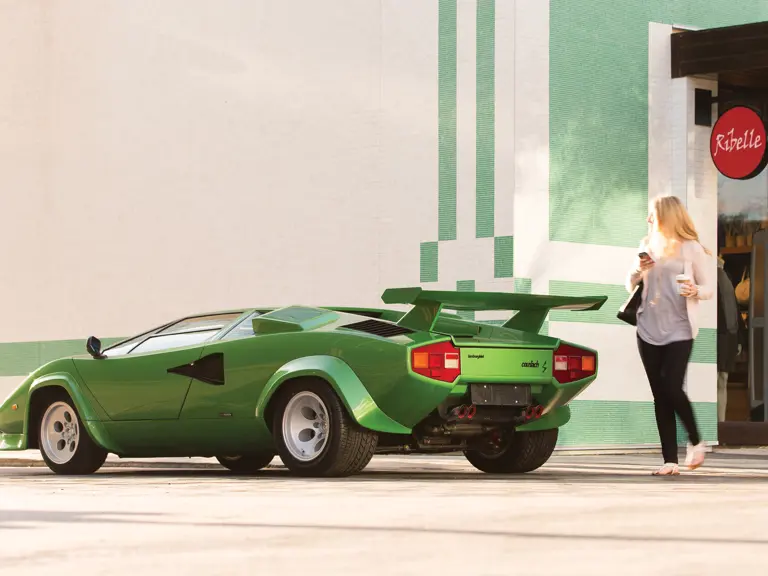
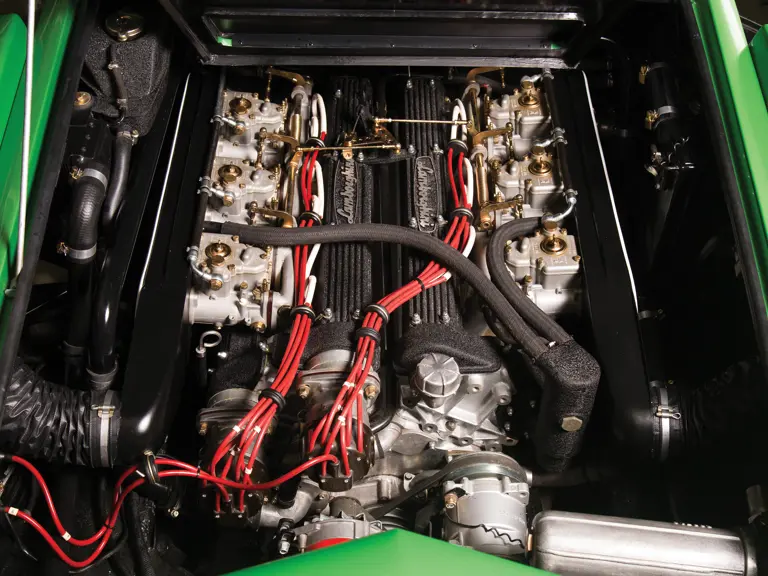
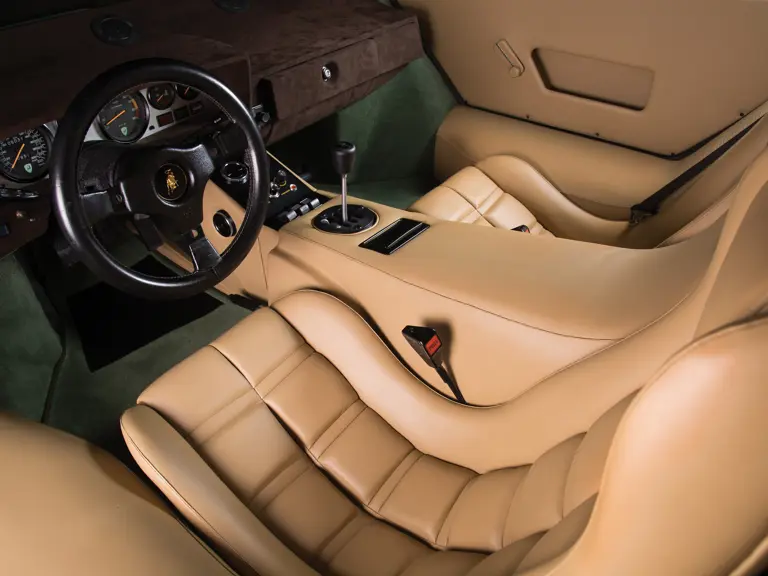


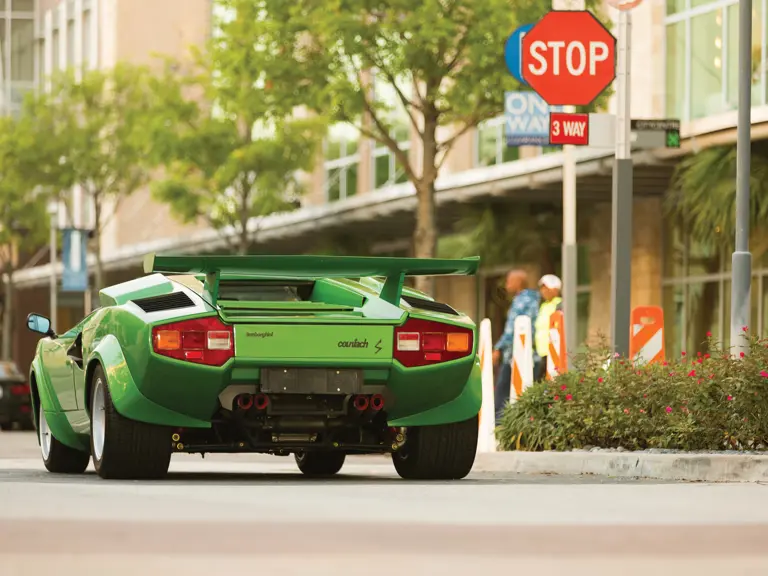

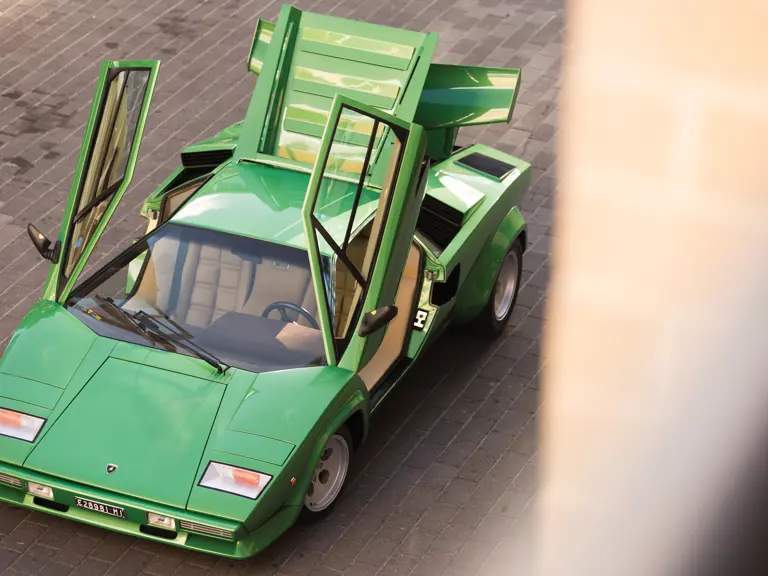

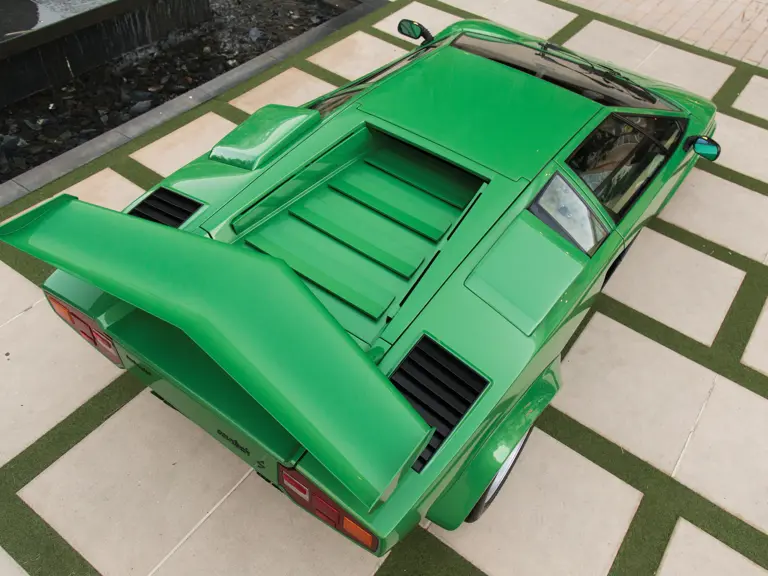
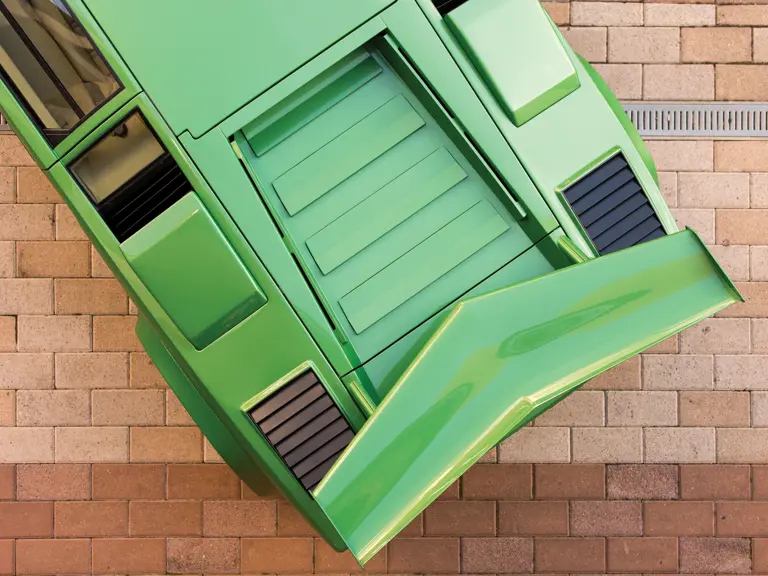
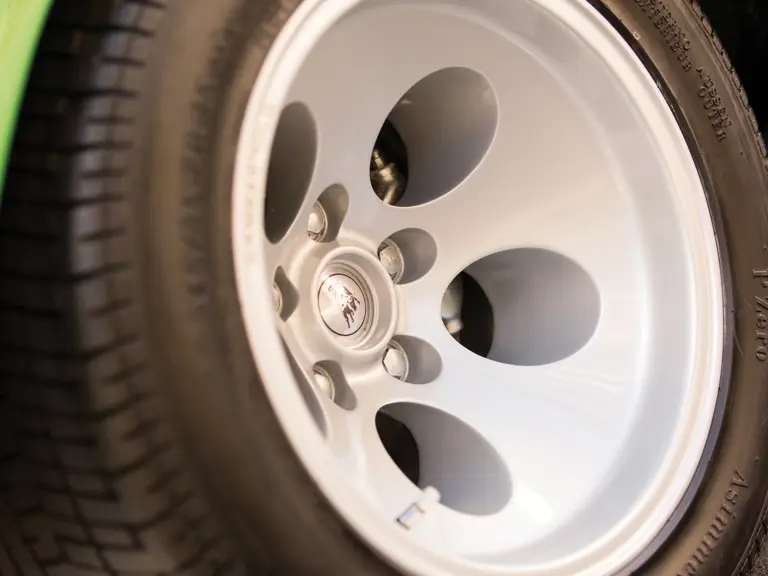
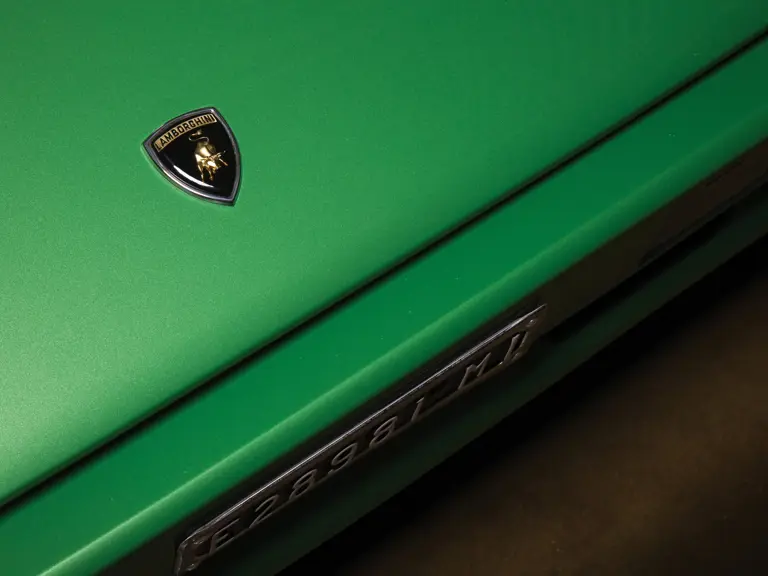
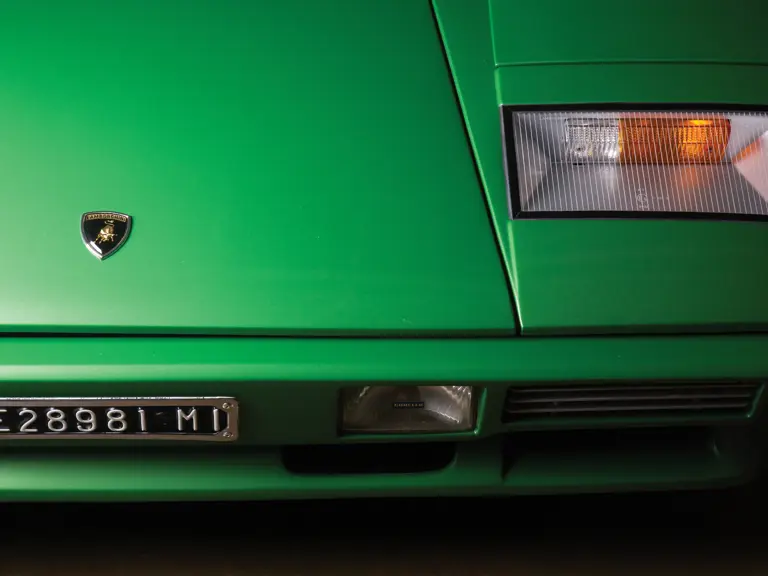
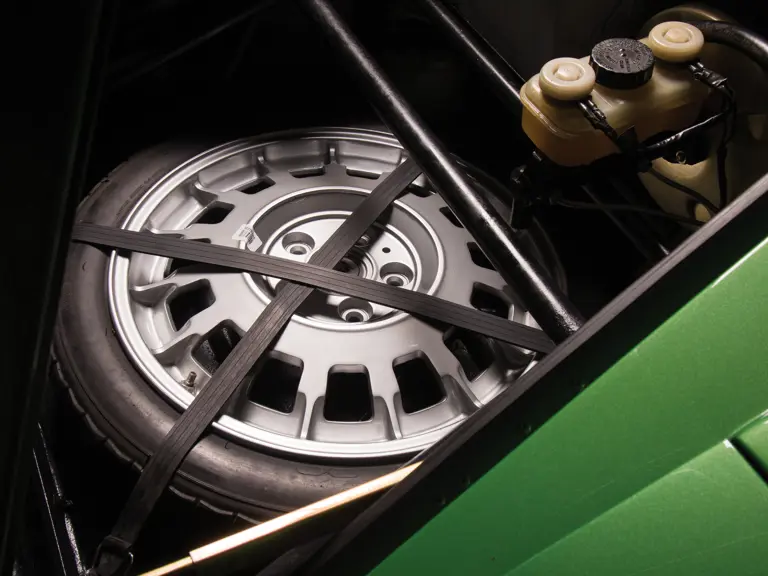
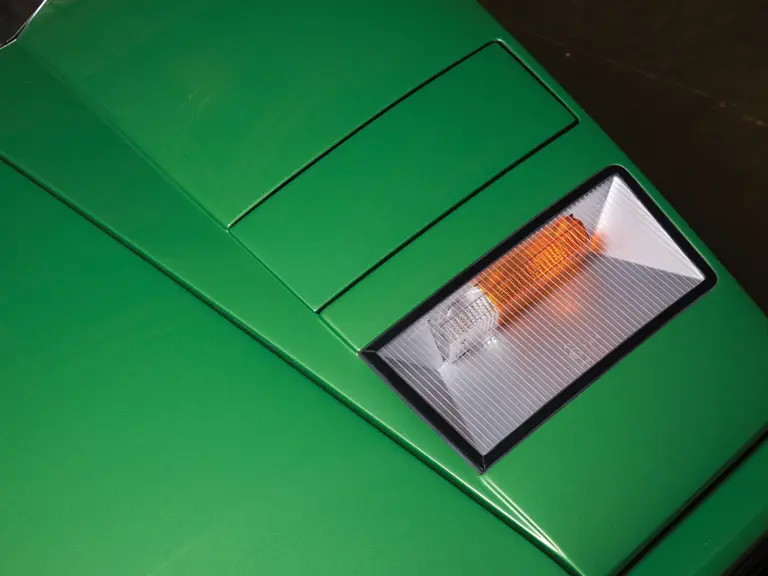
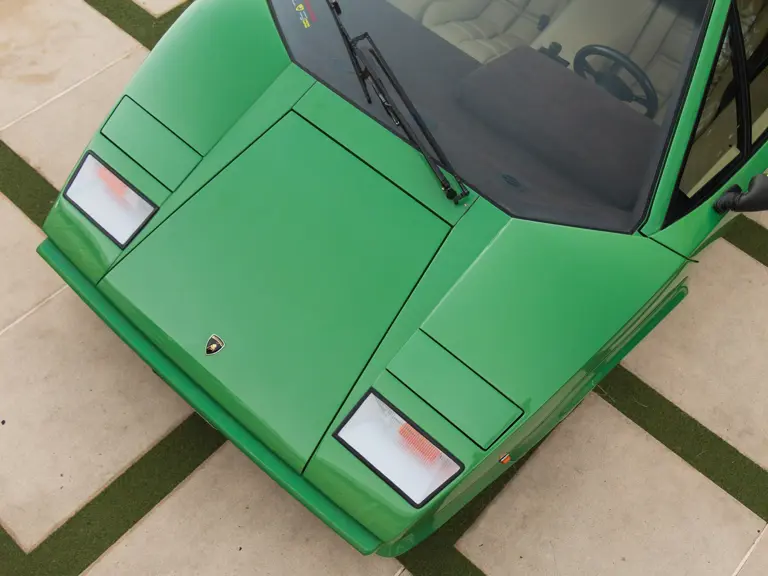

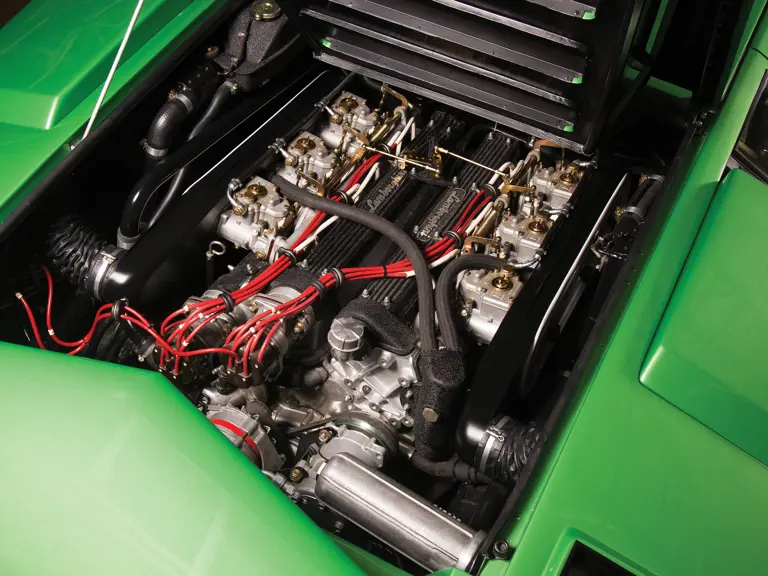

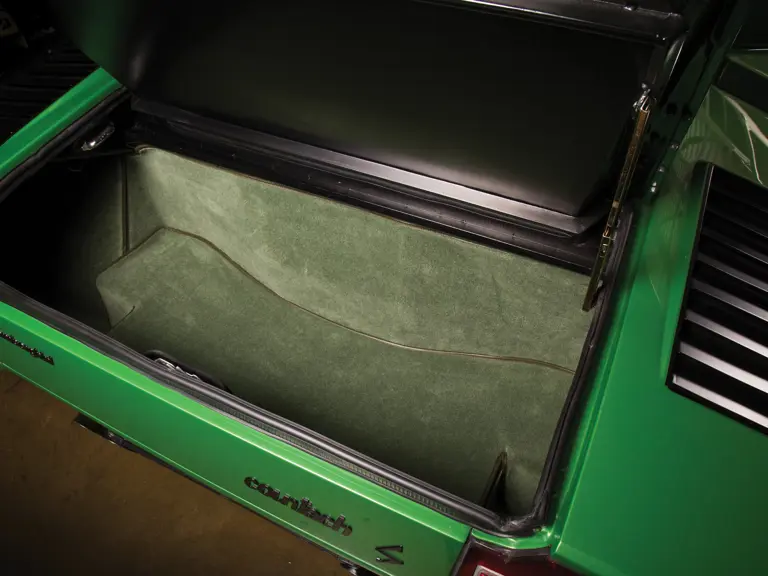
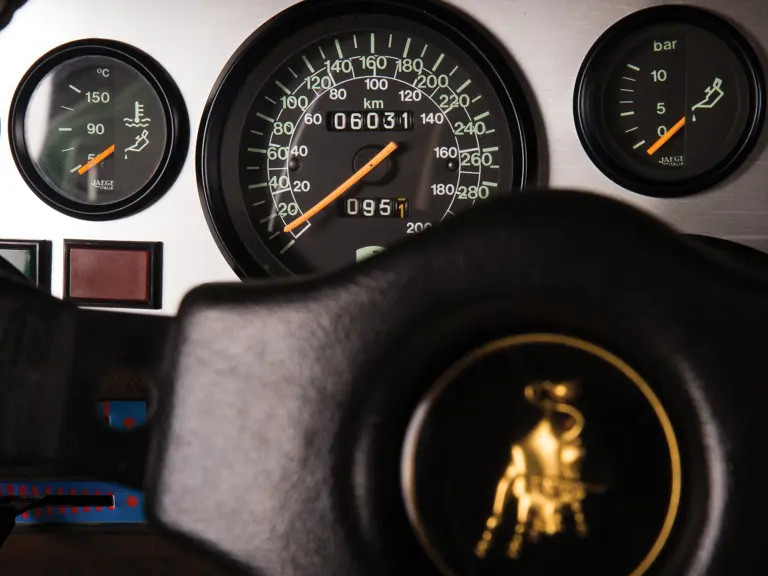
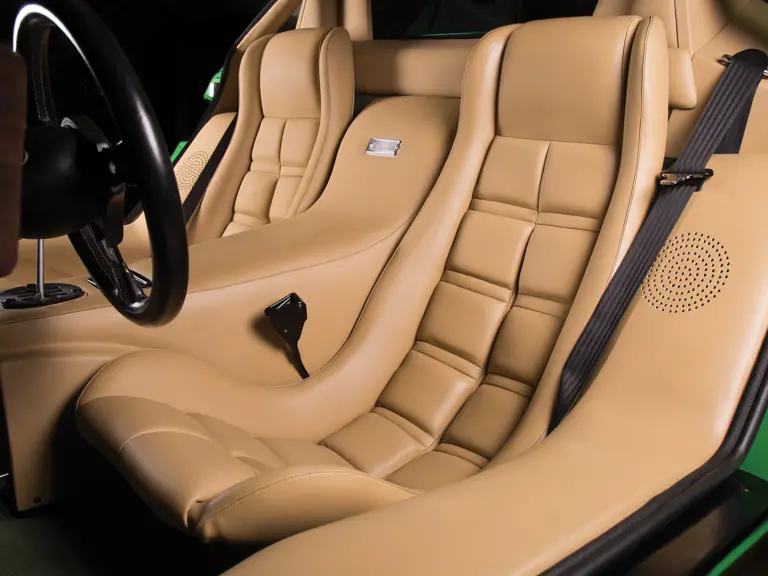

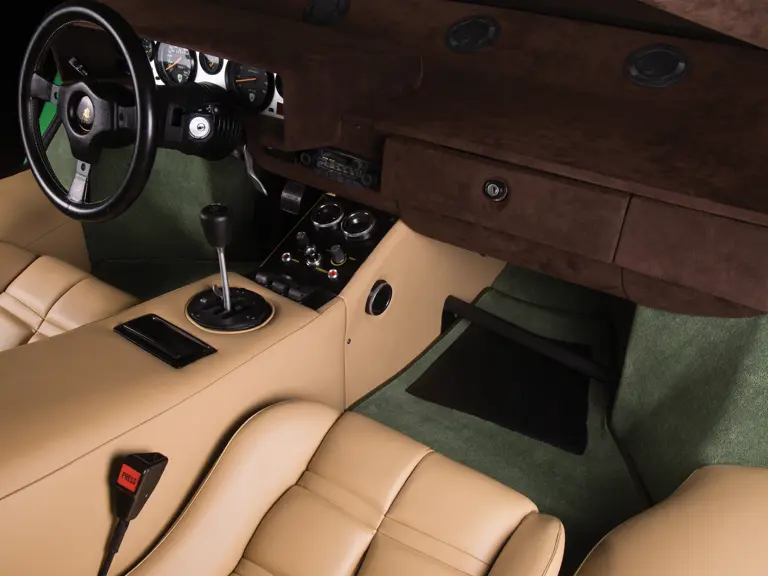


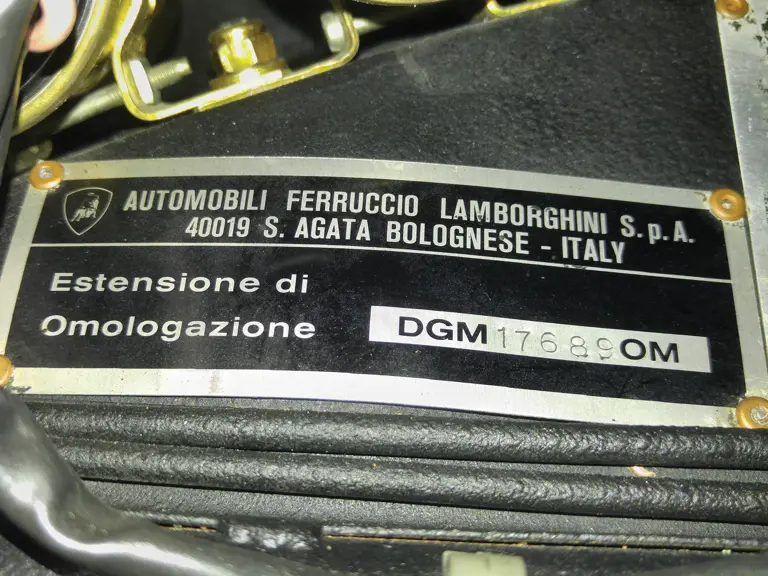
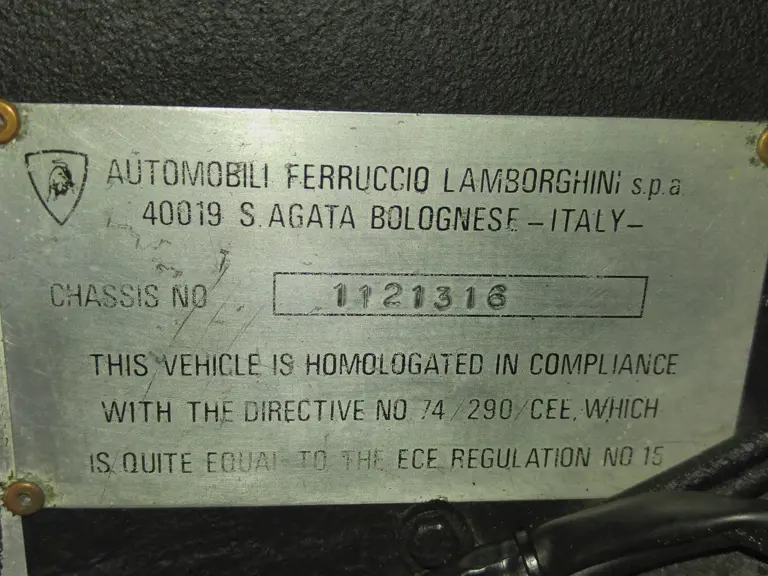
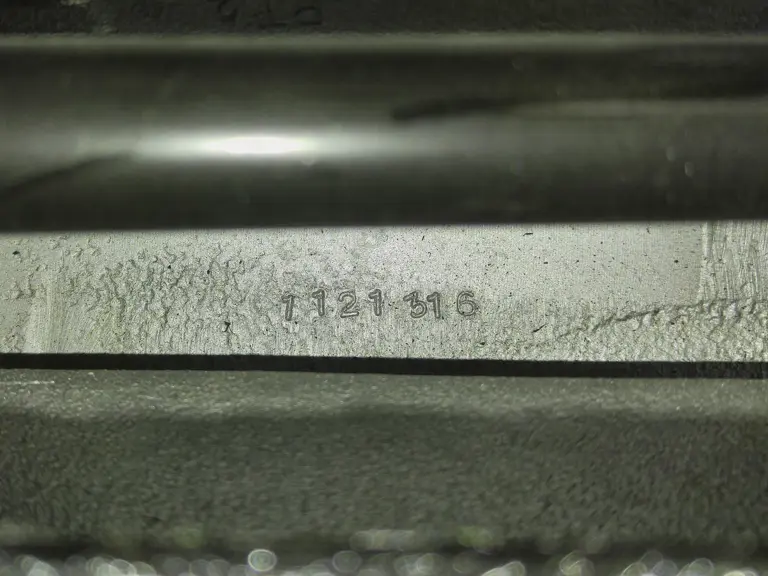
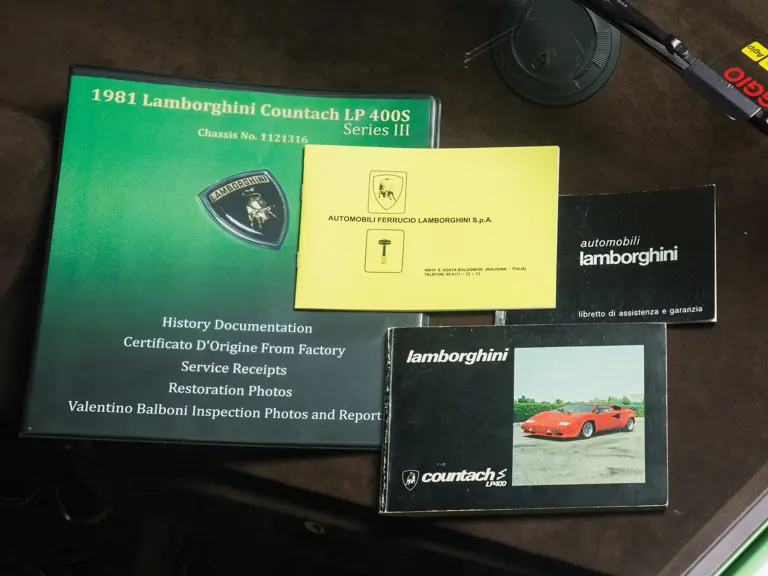
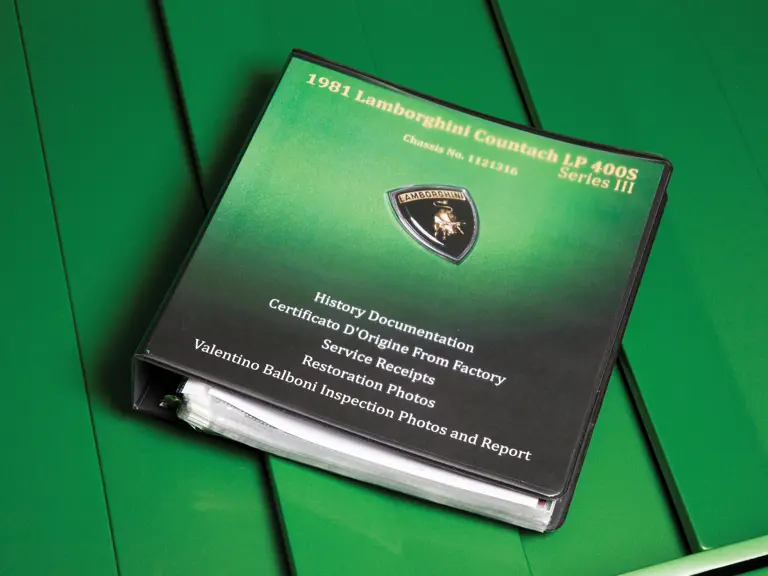
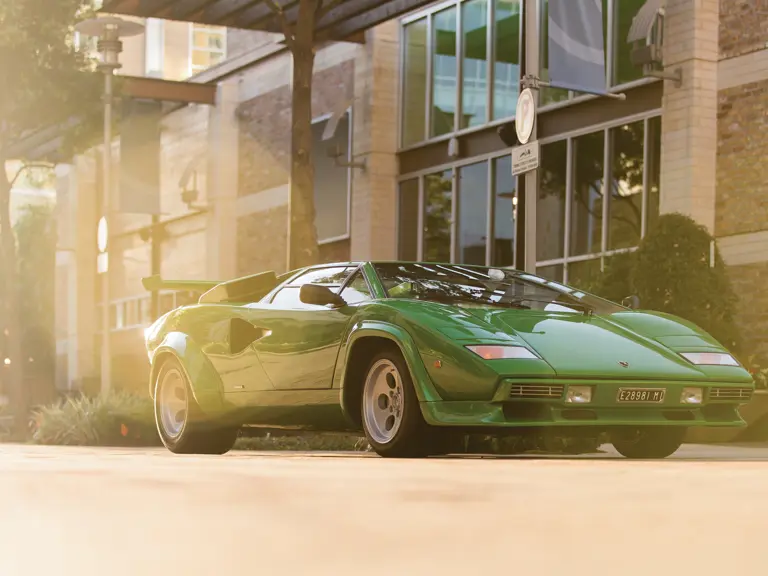

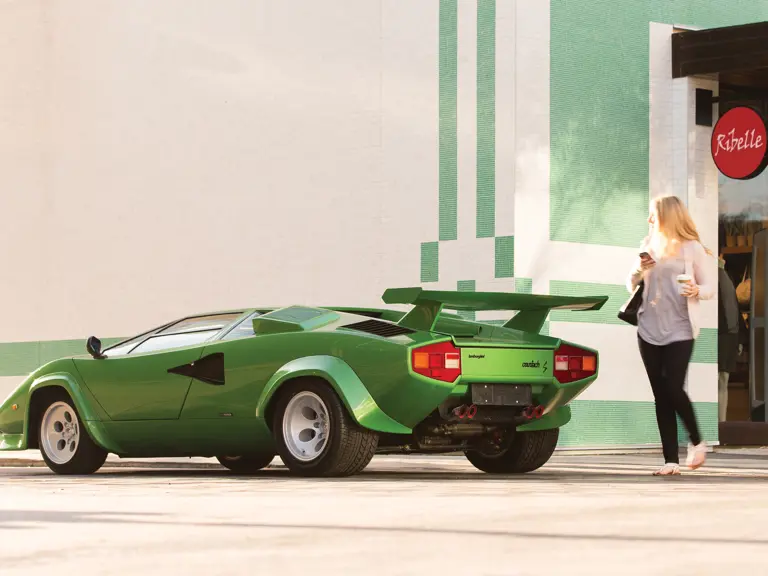
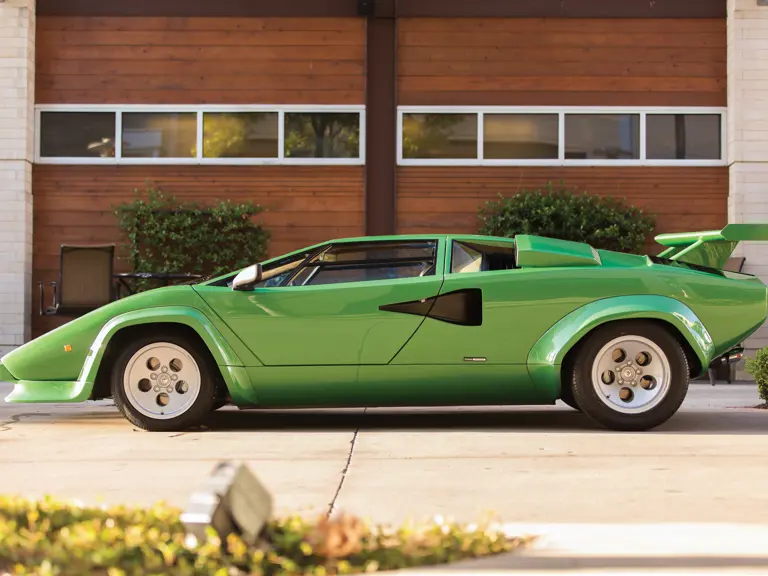

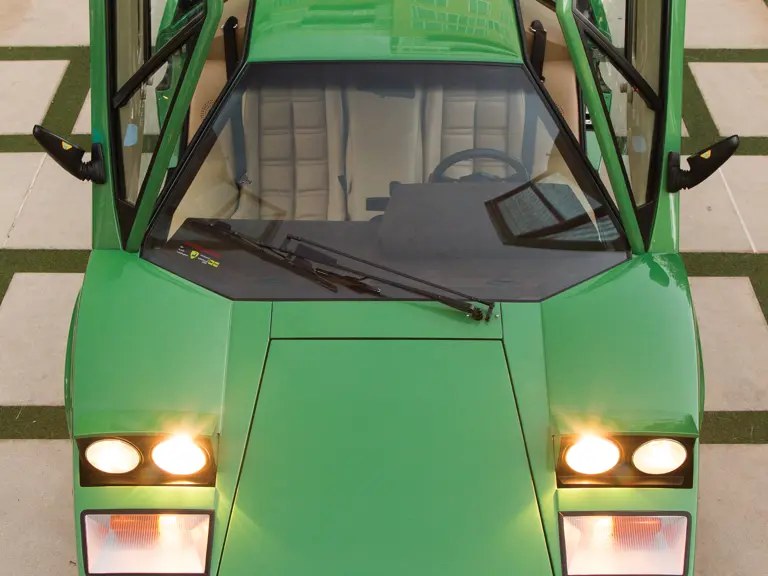
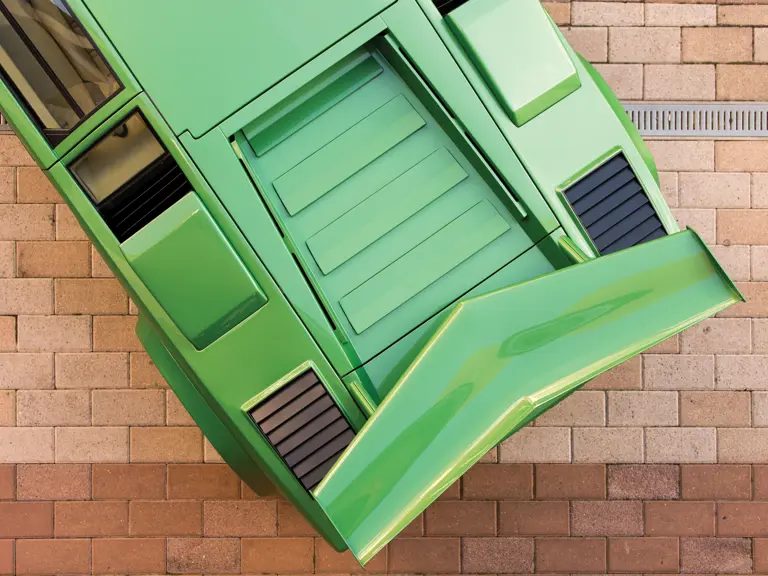
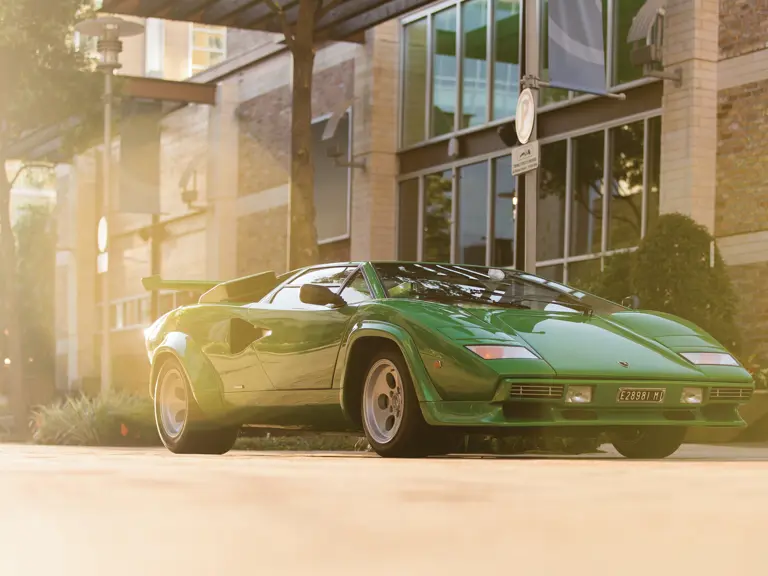
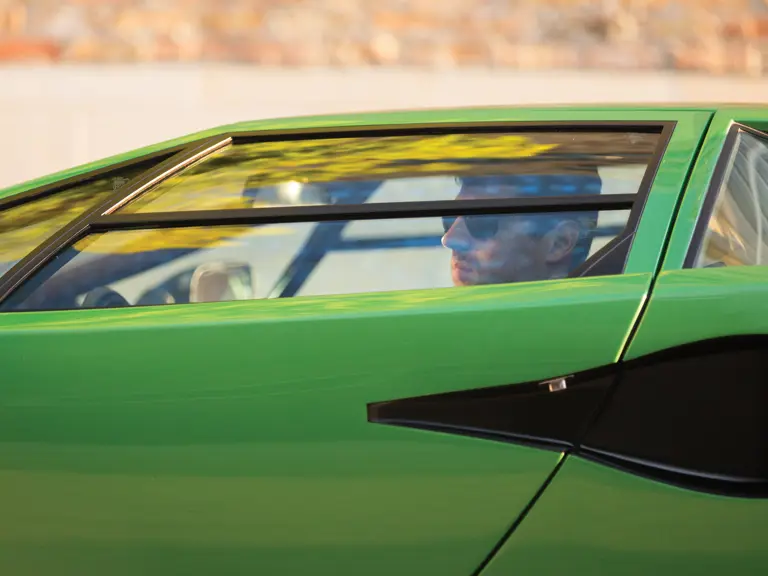
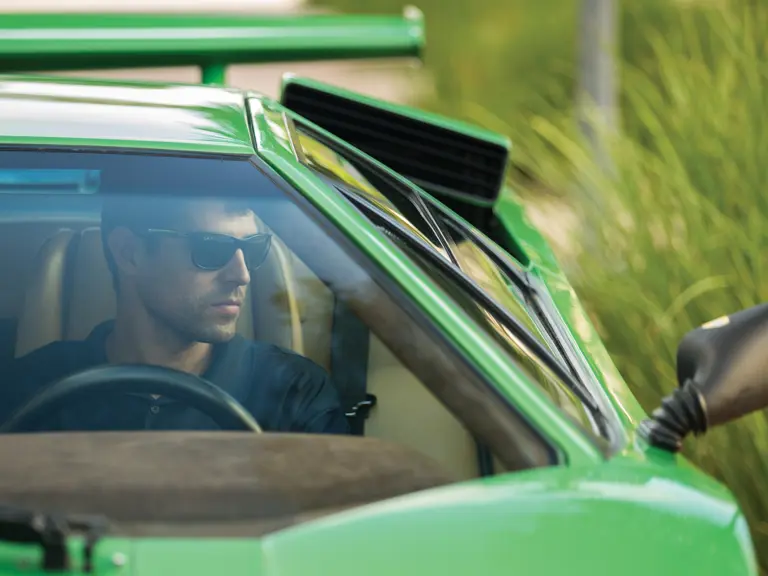
 | New York, New York
| New York, New York

